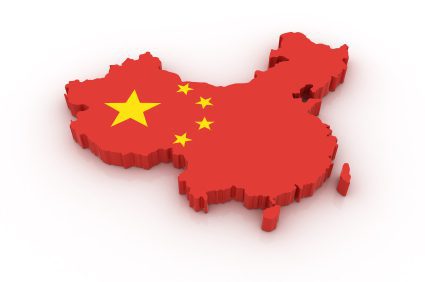Chinese regulators released a draft of new rules for Chinese p2p lending platforms today. According to several reports, the China Banking Regulatory Commission (CBRC) is seeking public comment on the new rules through January 27th. The Chinese market has been largely unregulated up until this point and platforms failing have been in the spotlight in recent weeks. Part of this is attributable to how many p2p companies exist in the industry in China, which is estimated to be several thousand.
Below is a summary of some of the major items included in the proposed rules.
No Investment Guarantees or Balance Sheet Lenders
The regulating authority would like to do away with guarantees. This means that platforms can not guarantee returns and must operate strictly as a marketplace, connecting borrowers and investors with the spread being delivered directly to the investor. Lenders should also not hold loans on their own balance sheet.
File With Local Financial Regulators
P2P lenders will now have to file with their local financial regulating authority after they receive their business license.
Limit Credit
Credit offered to individuals should be limited to avoid risks. Similar to Lending Club or Prosper, borrowers would be capped at a certain amount.
Data Transparency
Loan performance data should be available on the lender’s website. This would allow investors to analyze data such as the percentage of loans that default compared to those that are performing.
Platforms Can’t Sell Other Products
A platform should not be allowed to sell wealth management products or other products, something that is becoming more common at the larger P2P lending platforms.
Conclusion
While many of these rules are things we’ve seen in the industry globally, there are a couple that are surprising. If p2p lenders have to operate only as a marketplace and not offer guarantees or hold loans on their balance sheet lender it limits the number of p2p lending business models. In the US, we have seen many marketplace lenders hold loans on their balance sheet and in the UK many platforms offer a kind of guarantee through their provision funds. On the other hand, this rule could also help investors better understand the risks of investing.
The other surprising rule is that platforms would not be able to sell other wealth management products. We’ve seen several of the biggest p2p lenders such as CreditEase (who just this month spun off their online lending business Yirendai) and Lufax transition to offering a suite of wealth management products. Perhaps in the case of CreditEase and Yirendai they would not be affected by this since they operate as two separate entities, but from a customer acquisition perspective it has made a lot of sense for companies to move this direction. In the US, we’ve seen SoFi start to take this approach to their business.
It is important to remember that these rules are only a draft of the proposed rules. What we actually see implemented might be much different as they seek public comment. Regardless, it is great to see progress of thoughtful regulation of p2p lenders in China.



